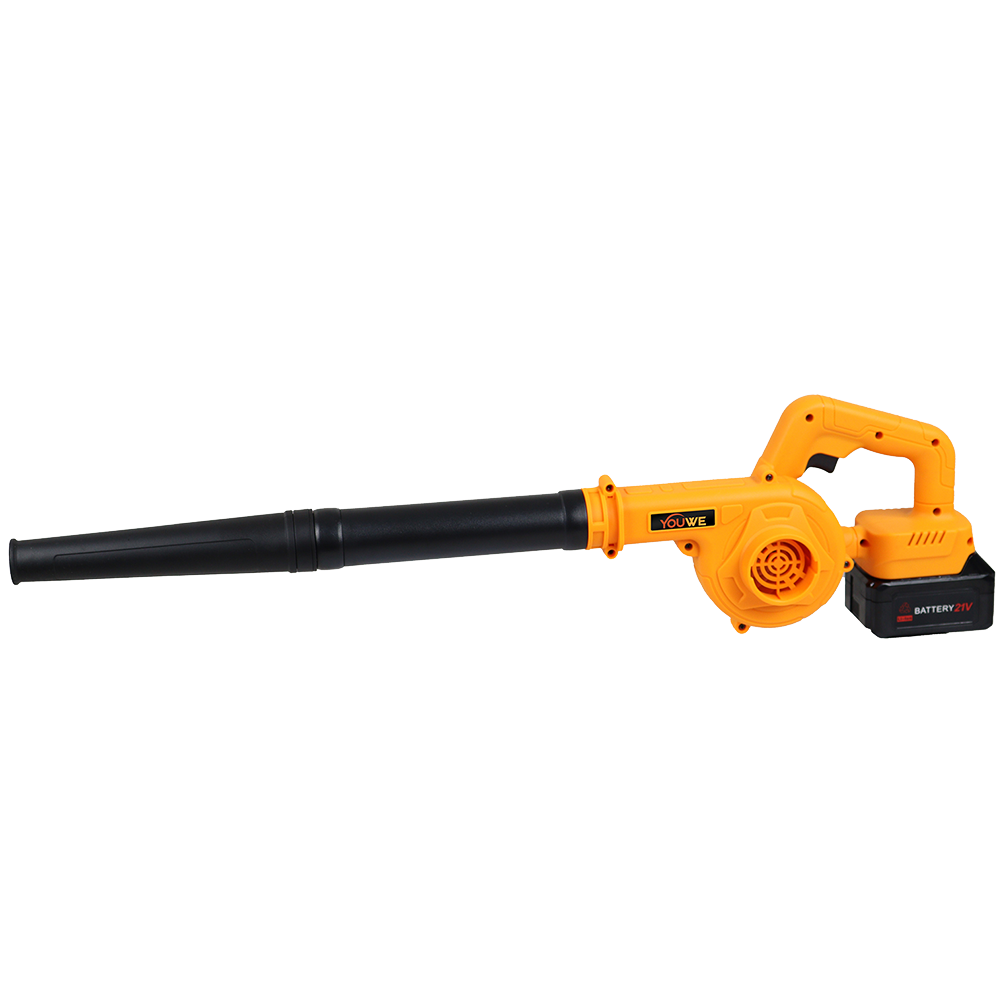
The endless piles of leaves might feel overwhelming, right? You’re not alone. Many people struggle with keeping large areas leaf-free efficiently. But guess what? There’s a way to make it manageable and even satisfying.
To use a leaf/snow blower effectively for large-scale removal, start by dividing the area into smaller sections and work systematically in one direction, preferably downwind.
It’s not just about switching on the blower and hoping for the best. There’s a technique to master. Let me guide you through it step by step so you can get the job done faster and with less frustration.
What are the types of leaf blowers?
There are so many options out there that choosing the right one can feel confusing. Let’s break it down, this also applied to choosing other garden tools.
Leaf blowers come in three main types: handheld, backpack, and walk-behind models, each designed for different scales and uses.

Handheld Leaf Blowers
These are lightweight and ideal for small yards or quick cleanups. Their portability makes them a favorite for quick tasks. Learn more about handheld leaf blowers1.

Backpack Leaf Blowers
Backpack models provide more power and are suited for larger properties. They balance weight on your back, reducing arm strain. Discover backpack leaf blowers2 for medium to large areas.
Walk-Behind Leaf Blowers
For those tackling massive areas, walk-behind blowers are the ultimate choice. They offer unmatched power but are bulkier and less versatile. See walk-behind leaf blowers3 for heavy-duty landscaping.
Choose based on your yard size and frequency of use, and you’ll notice a big difference.
How to choose the right leaf blower?
Finding the perfect blower means matching its features to your needs. Start by considering your property size and power requirements. Get expert tips with this leaf blower selection guide4.
The right leaf blower depends on your yard size, preferred power source (electric, gas, or battery), and ergonomic needs.
Imagine working with a tool that feels just right in your hands and gets the job done efficiently—sounds like a dream, doesn’t it? Let’s dive into specifics.
Compare Power Sources
- Gas-powered: Best for heavy-duty tasks but noisier and higher maintenance.
- Battery-powered: Eco-friendly and quieter but limited by battery life.
- Corded electric: Lightweight and consistent power, but limited mobility.
Test Ergonomics
Ensure the grip and weight feel comfortable. A blower that strains your wrist won’t be your go-to.
Match the Power to Your Job
- CFM (Cubic Feet per Minute): Indicates the volume of air it moves—ideal for large leaf piles.
- MPH (Miles Per Hour): Shows the speed of air for blowing stubborn debris.
How to maintain a leaf blower?
Taking care of your tool isn’t just smart—it’s essential for keeping it functional.
Clean your blower regularly, check for loose parts, and replace worn-out components to extend its life.
Regular maintenance might sound like a hassle, but it’s worth it. Trust me, the last thing you want is a malfunction in the middle of peak leaf season.
Basic Maintenance Tips
- Clean the Air Filters: Dust and debris can clog the system.
- Inspect the Nozzle: Clear out blockages for optimal airflow.
- Check the Battery (if applicable): Ensure it's charged and free of corrosion.
Consistency is key. Set a reminder to inspect your blower monthly during heavy-use seasons.
Which battery is better for a leaf blower, 2.0Ah or 4.0Ah?
It’s all about finding the balance between power and runtime.
A 4.0Ah battery lasts longer, making it ideal for extended use, while a 2.0Ah battery is lighter and better for quick jobs.
If you’re clearing a large area, go for the 4.0Ah battery. For smaller yards or touch-ups, 2.0Ah gets the job done without weighing you down.
Battery Comparison Table
| Battery Type | Runtime | Weight | Ideal For |
|---|---|---|---|
| 2.0Ah | ~25 mins | Light | Small tasks |
| 4.0Ah | ~45 mins | Heavy | Large areas |
Think about how long you’ll be working and choose accordingly.
What are the disadvantages of a battery leaf blower?
Even with all their perks, battery blowers aren’t perfect.
Battery leaf blowers are limited by runtime, require frequent recharging, and often lack the raw power of gas models.
While they’re convenient and eco-friendly, their performance might not suit heavy-duty tasks. Let’s explore this in detail.
Key Drawbacks of Battery Blowers
- Shorter Operation Time: Requires extra batteries for extended jobs.
- Lower Power Output: Struggles with wet or dense debris.
- Higher Initial Cost: Batteries and chargers add to the expense.
If you’re okay with these trade-offs, the convenience and quiet operation might outweigh the cons.
Conclusion
Mastering leaf blower use isn’t complicated—it just takes a little know-how. Choose the right type, maintain it well, and you’ll see a big difference in how effortlessly you can tackle even the largest leaf piles.
-
Readers can explore detailed features and benefits of handheld blowers to make an informed choice. ↩
-
Offers a comprehensive comparison of backpack blowers, helping users evaluate options for larger properties. ↩
-
Provides insights into high-performance models for users managing expansive areas. ↩
-
Shares practical advice to simplify the decision-making process and tailor options to user needs. ↩







